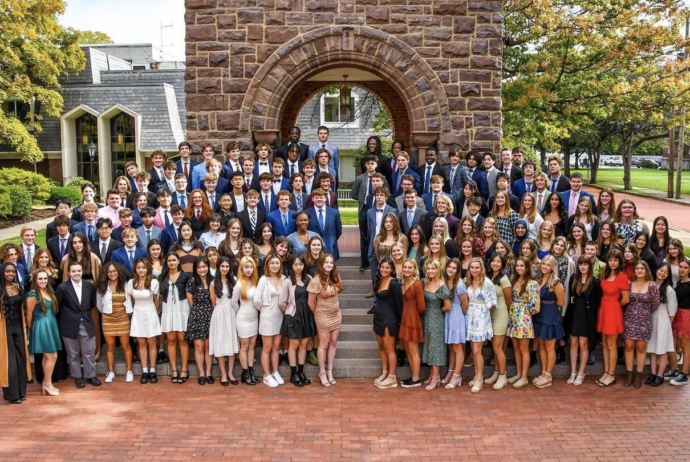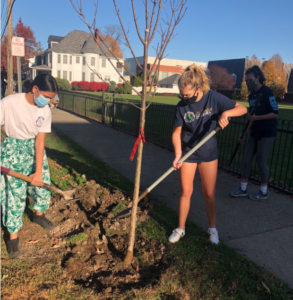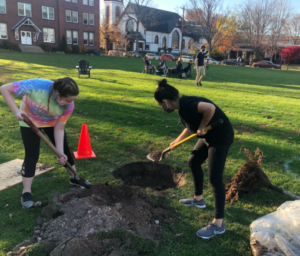by Hannah Johns ’23
Wyoming Seminary Upper School begins to address “dress-up days” differently nowadays.
Wyoming Seminary Upper School is a college prep school with no uniform for the students who attend it. There is a dress code that isn’t very strict along with a dress code for “dress up days.” Dress up days have been a topic at Wyoming Seminary for a while, during which the boys wear suits and ties, while the girls wear a dress and nice shoes. Since the pandemic happened in 2020, dress up days weren’t seen very much during the school year until the 2022-23 school year. Dress up days are a time for the students of Wyoming Seminary to dress up for a certain event that is happening during the school day.
As many may like dress up days, there are a certain amount of students who dislike them. Rosey Kelly, ’24, stated, “I don’t like them because it takes a lot longer for me to get ready in the morning and I feel as though they are not much different from regular days at school relating to the dress code.” As dress up days are beginning to come back more often during the school year, they face different challenges. More opportunities for students to express themselves are being given. Mx. Penland, a teacher at Wyoming Seminary and part of the LGBTQ+ community, is beginning to see a change for non binary students to express themselves. “I think there has been a lot less gender language being used.”
Guys wore suits and girls wore dresses, yet now girls are able to wear dresses or suits if they want. “A lot more options are being given and as long as you look presentable, it should be fine to wear what you want.”, said Mx. Penland. Over the years, the dress code for dress up days has changed and people have begun to learn to accept more ways that people may want to dress. Dress up days now, during the current school year, allow students to express and feel themselves by the way they dress. They don’t feel as restricted to wearing certain things, even though the dress code isn’t fully accepted yet, it has made its way to revolve around current situations.


